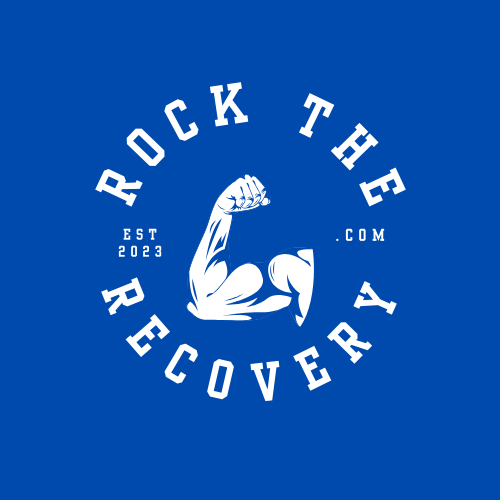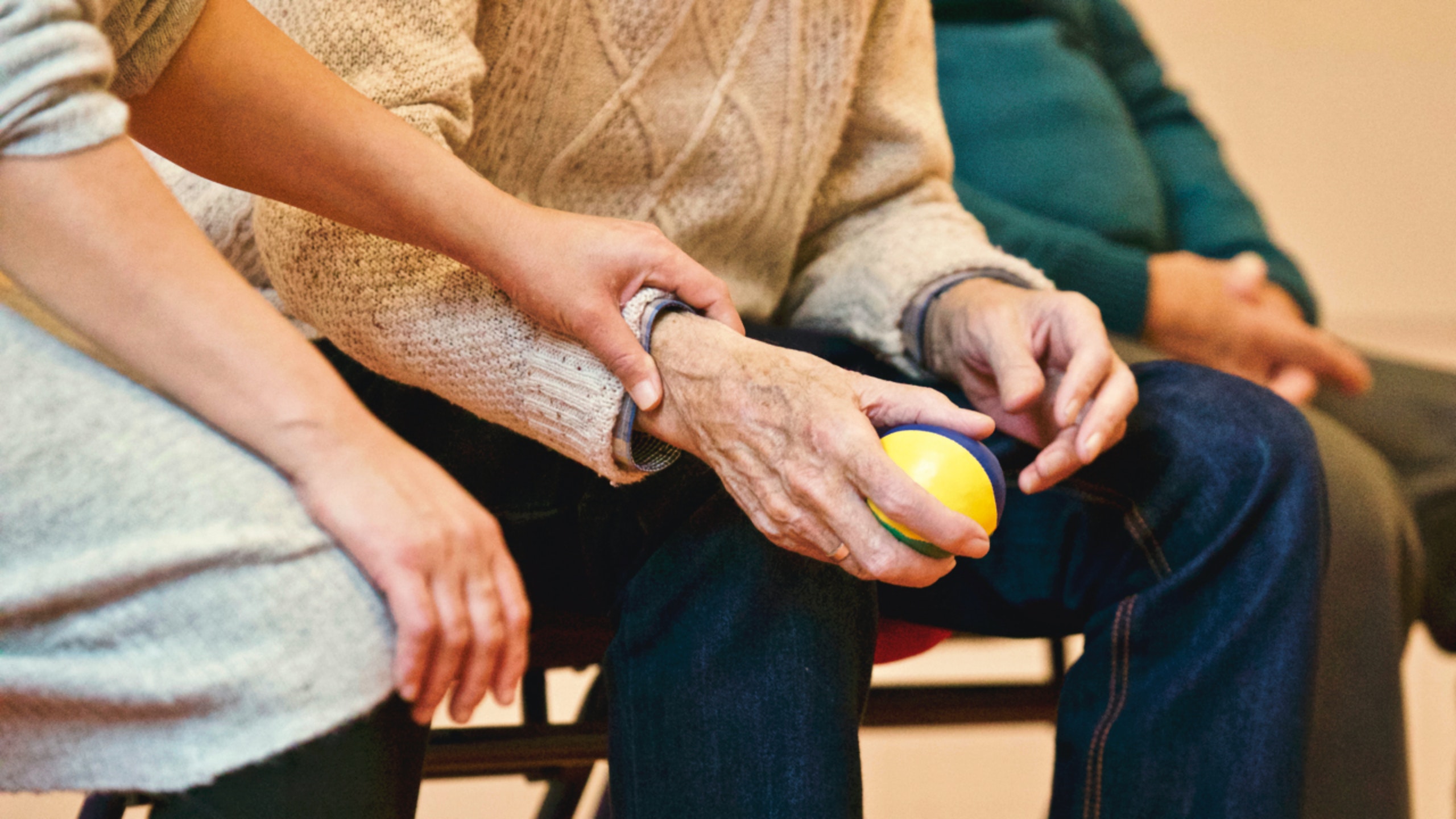Healthcare is like no other industry out there; and this goes double for those with experience in a nursing home. Many years ago, I recall hearing a social worker consoling a patient who just heard they were staying long term care (LTC) from rehab. The response from the Social Worker went something like: “I know it’s not what you want, I mean no one plans on living in a nursing home.” Surprising as it was to hear, this is exactly right. How many people in this world envision their golden years rolling into Shady Acres. Many of us see retirement years more like the senior focused commercials. Where you can see smiling seniors hiking, dancing, etc. Be it you’re a LTC provider, or someone who has a loved one living in a nursing home. We are responsible for their quality of life and fulfillment. The question is, how do we go about doing this better?
When and How Did We Get Here?
It’s not something we typically think about, but nursing homes weren’t always on every corner. Only in the last 200 years have they existed, with much of its growth starting in the 1930s. With increasing life expectancy increasing from the 60s in the 1800s to the high 70s by the 1900s a greater senior population brought increased needs. Not only were people living longer but could survive with increasing complexity of medical needs due to advances in medicine.
The family dynamic has changed as well. While through the early 20th century it was assumed that loved ones would stay in the household of their children. This changed as well with more two working parent families who couldn’t even consider taking care of parents in need. More and more demand for safe living arrangements were needed.

Initially many “homes” for the aging were just that. Houses. But with growing numbers and need for more handicap accessibility and sterility a new framework was built. Ground breakings were popping up all over building institutional multi-level buildings with shared rooms based on hospital set ups. With this came long, cold sterile feeling corridors. Curtains dividing cramped rooms. Cafeteria style dining rooms, and limited access to the outdoors. Just this physical change in the facility had to be a psychologically demanding change to a new resident. Especially when coming from a private home where they lived for decades.
It is not only the physical sense of the facility that has changed. Over the last few decades, the staffing expectations have changed as well. With constant changes to oversight by the government and insurance companies, staff are forced to spend less time with interaction and direct aid to the resident. Instead, they are busy with bureaucratic forms that need to be filled out for everything one can think of. The electronic medical records sounded great “on paper” (no pun intended). However, now with everything needing to be documented it has greatly changed the shape of an employee’s day to day. With vastly increased time needed to document, the face time with the resident suffers.
In more recent years staffing shortages have exacerbated the problem even more so. Administrations are left to penny pinch as the income in a nursing home is set by the government. This reimbursement has never been suitable, and more so recently not kept up with inflation rates.
In general, you have residents who come to LTC due to their need for assistance. Only to find out that often they will have significant wait times from stressed out staff members. Staff are being spread more and more thin, and much of your “in the trenches” staff won’t get paid much more than a fast-food worker. This doesn’t make for significantly motivated employees unfortunately. Meanwhile, other support staff like rehabilitative Therapists, and Recreational Therapists are bogged down with documentation and over expectations. So, what you are left with is a large cold building, countless employees running around working harder than ever on their hamster wheels. In the meanwhile, the resident, the one who truly matters in all of this is sorely forgotten.
This is obviously a complex situation and the above only scratches the surface. Next, we look at how we can start solving these issues. First, we look at what changes are needed, then next we look at how that change can carry over into improving the quality of lives of our residents.
Time to Make a Change!
It’s time to raise the current system to the ground and start over. While we look into this we will do so while looking into a hierarchy of needs for our residents. This we do by looking for a solution through their eyes. What are their needs on a scale of different levels?
To do this I think we start with its physical structure of their new home. Changes have begun to happen in many areas in the US with new philosophies on nursing home layouts. The Greenhouse project centers its philosophy around building homes that feel just like that, home. Private rooms and bathrooms, living rooms, dining room and open kitchens.
Imagine that while at home your favorite hobby was cooking. Now you no longer can see the kitchen your food is even being made in. Just visually seeing a home-like kitchen brings the residents closer to the food they are eating. Made by the same staff that help you with your morning routine, which allows you to gain a feeling of support from this person much like you might from a family member. By having the same staff performing many different tasks you also maintain your staff’s feelings of ownership and pride to the residents they serve. This also can limit feeling of burnout or boredom. Happier employees always will carry over to better care.
Electronic Medical Records:
With the intent of forcing accountability, the government has enforced ever growing amounts of expectations for all staff in nursing homes. There is nothing wrong with accountability of course. We have all heard of horror stories out of nursing homes, but what are the side effects to this large documentation pill we all now have to swallow?

Imagine a hypothetical situation where an aid was sitting down before the end of her shift to document. While she did that a resident fell in her room. Of course, this is terrible, for the resident already, but let’s continue. The floor nurse now gets pulled away from her duties and documents on the fall. The head nurse manager then has to write up a report which takes so long that she likely has limited time to investigate or consider action plans to make sure this didn’t happen again. Physical Therapy is called in and provides less than stellar care because their head was in a laptop documenting.
Everyone is so busy writing down all the great things they did, but no one really accomplished much of anything! Of course, with no big changes made it will likely happen again. Now multiply this by the large number of patients each staff member works with.
Obviously, there is no changing government expectations; and like stated before having accountability for nursing homes is necessary. So, what do we do about it? The problem falls on documentation systems pitfalls. In 2023 we need a software system that lives up to the challenge. EMR’s need an upgrade! This means pulling over ordered or filled out information in all the places where it’s necessary. It means understanding how and when to ask follow-up questions and pulling information over automatically from diagnostic testing devices. Having concise communication between departments with pertinent information only.
On top of this, facilities need to have well taught processes set up so that the EMR system can be utilized appropriately. This way staff can avoid mistakes, as well as superfluous communications, and unnecessary added work. By doing so, you pull your employees faces out of their tablets, computers, laptops etc. and back onto the Resident. The Nurse manager is not held up in her office and can now help solve with staff why the person fell. The Therapist’s eyes are back on the patient and noted the subtle limitation that caused the fall.
Purpose:
One point of working in a nursing home that is awe inspiring even though we are a part of this person’s life for maybe just a short and maybe not so glamorous time. They have already lived long fulfilled lives. Full of inspiration, and amazing stories. The man who fought in WWII, then started a thriving business with a nickel to his name. The marriage that lasted 64 years with 8 children and 19 grandchildren. They were once young, with dreams, they lived with the same stresses, and experiences that you are going through as we speak.
So why do we assume that only because they need our help for some things that this need for purpose has gone from them? Is our current system set up to provide this for each individual? If a patient came up to you and said: “I am looking for my purpose here,” as an employee or a close family member, how would you respond? Would you say something regarding needing to look into psych meds for the patient? Would you ask if they tried playing bingo yet?
For every patient their purpose to feel fulfilled is going to look different. An advanced dementia patient may find purpose in an electronic circuit box with switches and lights on it, so that he can feel like he’s at work. For some patients they might feel fulfilled just being around people or watching Perry Mason. But for most others it takes much, much more. We need to dive into who these people are and what makes them tick. More than just what music or TV shows they like. In earlier years were they very altruistic or enjoy teaching or studying certain topics? Did they find passion in exercise, or artwork? How can they find themselves feeling useful again?
This could look like using safety needles to knit hats for newborns. Helping set up the plans for the Veteran’s Day parade. Possibly having a young child pen pal, or students coming to visit. Maybe playing the piano, or singing for a talent show? Or maybe learning a new instrument? What about a wheelchair accessible vegetable garden? Maybe the person’s sole purpose is to physically recover and needs access to more exercise. This way they can feel like they are heading toward a positive goal. The list is endless, but it all comes down to two things.
First you need to have staff who are available, trained and ready. Second you need to care enough to ask the questions and find creative ways to implement them. These questions are not on the forms that the government makes you ask, so look up from your questionnaire! This likely is a combination of Recreation Therapists, Social Workers, and Therapists, but with the right environment, one could see CNA’s be involved in this as well. With purpose there’s motivation to rise out of bed every morning. Purpose enhances stimulation. With stimulation the mind won’t slip. This is truly how you revolutionize the system.
To Wrap it Up:
With staff and residents now with a newfound purpose, the environment of the nursing home suddenly becomes welcoming and enjoyable. Who knows maybe even the stigma seen in movies disappears. Most importantly of all, we allowed our residents to finish their lives the same way they spent the rest of their adult lives. With purpose, feeling fulfilled and content.
Follow us on Facebook!


